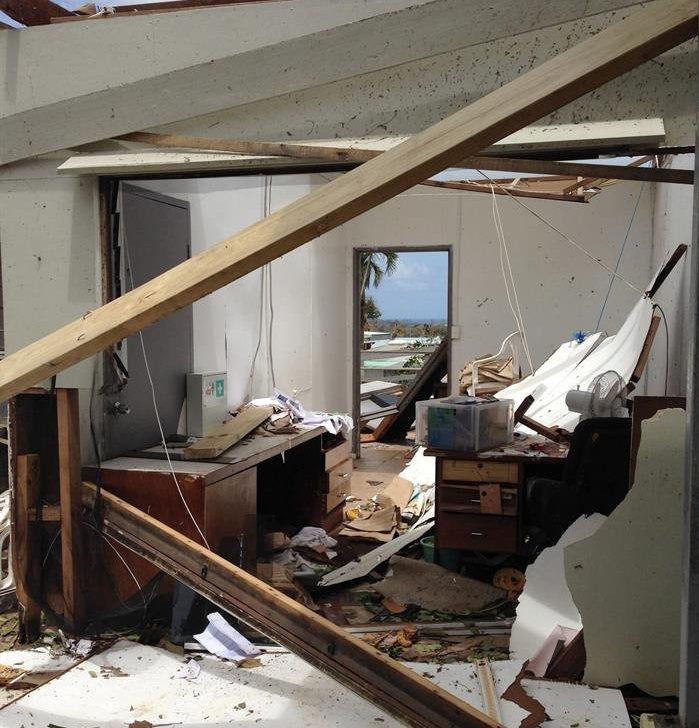Vanuatu president pleads for world’s helping hands after ‘monster’ cyclone
As aid workers arrived Monday at the tiny nation off the Australian coast, they described conditions in Vanuatu as among the most challenging they have ever faced. President Baldwin Lonsdale, who blamed climate change for worsening the devastation, said the need for help was “immediate.” Relief flights began arriving in the battered capital, Port Vila, after Super Tropical Cyclone Pam tore through on Friday night, packing winds of up to 185 miles an hour. Relief teams said there was no simple way to distribute desperately needed supplies across the archipelago’s 80 islands, warning it would take days to reach remote villages flattened by the monster storm. The official death toll in Port Vila stands at six with more than 30 injured, although experts believe this is likely a fraction of the fatalities.
This is a very devastating cyclone in Vanuatu. I term it as a monster, a monster. It’s a setback for the government and for the people of Vanuatu. After all the development that has taken place, all this development has been wiped out.
Vanuatu President Baldwin Lonsdale
CARE International spokesman Tom Perry said flying into the capital, where up to 90 percent of homes have been damaged, was “startling.” Tom Skirrow, Save the Children’s Vanuatu country director, said 15,000 people were homeless in Port Vila alone and flights over some of the South Pacific nation’s remote islands had confirmed widespread destruction in the impoverished country of 260,000. The U.N. had unconfirmed reports that the cyclone had killed 44 people in one province alone. Two Australian air force planes landed with food, shelter and medicine. New Zealand also flew supplies to the Pacific island of Tuvalu, where Prime Minister Enele Sopoaga said 45 percent of the 11,000 population had been displaced. Other islands, including the Solomon Islands and Kiribati, were both battered by the storm, although not to the extent of their neighbour.
It’s been flattened, all that green is basically horizontal, trees are just kind of standing like broken toothpicks, it’s quite startling. … It’s hard to find a home that hasn’t been hit.
CARE International spokesman Tom Perry

World cyclone pam